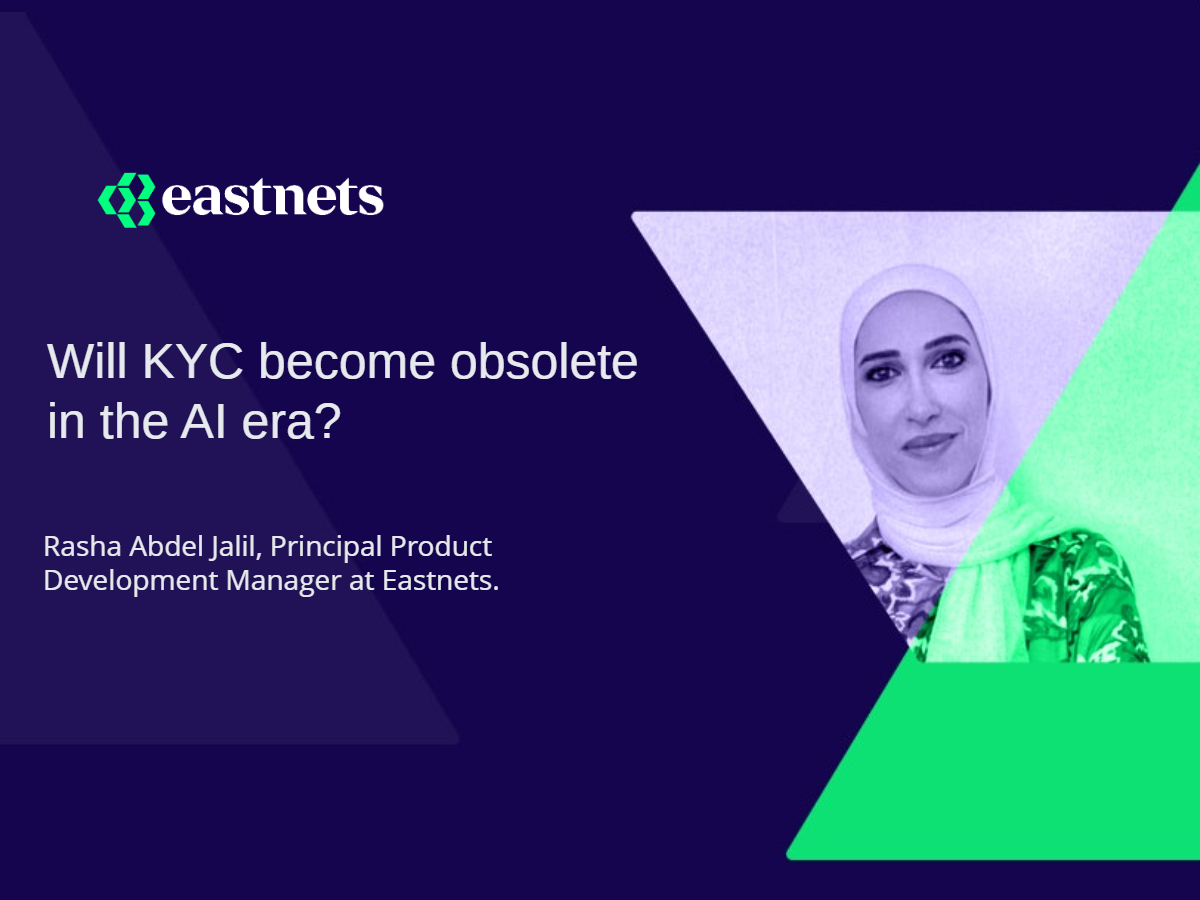Banking has always been a service at its heart, but the recent transformations in banking have consolidated this as a technology in the form of Banking-as-a-Service (BaaS). These developments have led to growth, new technologies and payments models, and innovations in customer experience. As a result, traditional banking has made some radical updates to how it deals with customers and the processes and protocols that the bank uses. From faster payments to open and embedded finance, this model shift has resulted in fundamental changes to the look and feel of banking. This transformation may have been challenging, but these advances have been worth it; according to McKinsey’s Global Banking Annual Review, Bank profitability reached a 14-year high in 2022.
As this new banking model becomes the norm in the industry, how can banks ensure this modernization continues to reflect current regulatory compliance?
BaaS and regulatory challenges
BaaS is a broad church, integrating a variety of service providers into a comprehensive process to deliver consumer and business-centric financial services. As traditional banks build their innovation portfolio and FinTechs, born into this banking model, explore further ways of delivering services, regulations across this multi-layered service infrastructure can become challenging. Incumbent banks are veterans of meeting financial regulations, but FinTechs may vary in their level of regulatory compliance. Each entity will be on a spectrum of compliance with regulations that impact AML and KYC/CDD. Those on the lower end of the spectrum may be crypto platforms or new FinTechs, while conventional banks will have developed a more mature approach to achieving AML and KYC compliance. For example, EMIs (Electronic Money Institutions) provide eMoney transactions without needing a bank account. An EMI may have a limit to the scope of products it supplies. However, the EMI must still carry out CDD checks and is subject to money laundering regulations. But as even traditional banks embrace BaaS, without an end-to-end compliance approach to the multiple layers of service providers, banks and FinTechs will move out of compliance.
As BaaS options expand, the reach and scope of banking must be kept in lockstep with regulations. Here is a checklist of things to consider when remaining compliant as a BaaS organization and what to look for in a financial crime compliance solution.
BaaS financial crime compliance solution checklist
RegTech solutions can be integral to meeting regulatory compliance across the multiple layers of service providers delivering BaaS. Regulatory compliance is also changing, with new regulations appearing and others being updated regularly. To ensure that your BaaS organization remains compliant, you should look for solutions that can meet regulatory compliance challenges that fit the BaaS model and stack. Here is a checklist of questions and features to look for when evaluating a RegTech solution to add to your BaaS stack.
Does the solution offer a comprehensive approach to financial regulatory requirements?
Regulations in the financial sector are challenging to meet and multi-faceted. As financial crime compliance costs continue to increase year-on-year, a solution that can provide a comprehensive approach to compliance across the various elements of financial regulations, including anti-money laundering (AML), KYC/CDD, and checks such as PEPs, is an excellent starting point. Also, if the solution handles migration to new standards, for example, the recent ISO 20022 messaging standard, this is an added bonus.
Does the solution integrate easily into your BaaS stack?
Once comprehensive solutions are identified, the next step in choosing a BaaS compliance partner is to look at the integration capabilities. The solution must be seamlessly integrated into the BaaS stack to minimize or remove interoperability issues altogether.
Is the compliance solution deployment simple and rapid?
Rapid deployment is an important aspect of getting compliance in place fast. The solution should be easily deployed as-a-Service and provide customizable options.
Is the solution flexible and scalable?
The BaaS compliance partner solution should be a SaaS offering. This will allow deep embedding of the solution in the BaaS stack. However, the solution must be flexible enough to allow for updates and configuration changes, as required, to reflect changes in your team’s compliance structure and policies.
Is the solution designed for complex and cross-border use cases?
BaaS is part of the globalization of payments. As such, cross-border payments provide jurisdictional challenges in handling payment regulations. The compliance solution should be designed to handle the regulations required to detect and prevent financial crime and align with AML and KYC regulations across borders.
Is the solution future-ready?
As the technology landscape changes and new entrants to the space, such as generative AI, make financial crime even more sophisticated, anti-financial crime and compliance solutions must be future-proofed. Design features should be evaluated to look for intelligent technologies and approaches to detecting and preventing financial crime. The following are examples:
Artificial Intelligence and Machine Learning: security and compliance analysts are busy people. Using unsupervised bespoke AI models helps tailor and refine AML rules. The result is significantly reduced false positives and optimization of the system. This reduces overhead on IT teams and analysts.
Network investigation analytics: observability is a critical layer of insight in a BaaS platform that helps spot compliance issues before they result in non-compliance. A platform that provides graphical reporting can be used to investigate social structures based on AI model-driven recommendations. Investigators can observe suspicious transactions/relationship recommendations, helping AML compliance.
Blockchain: sanction list updates are an area where FIs can quickly end up in non-compliance. To maintain compliance with KYC and AML legislation, a sanction check platform must perform immediate updates in real-time. Eastnets ChainFeed delivers this innovative feature to a BaaS platform. Based on a Distributed Ledger blockchain (DLT), ChainFeed provides always-on AML and KYC compliance.
To explore the technology solutions needed to keep your BaaS organization in step with regulations, contact Eastnets experts.





